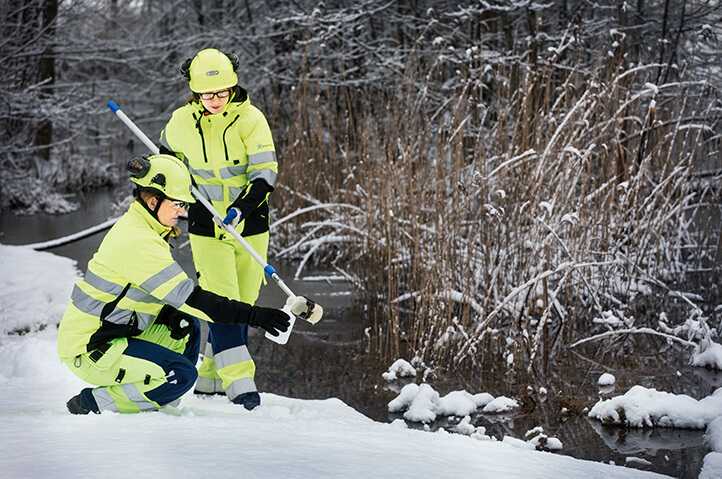Environment

Our Approach
We aim to design, develop and operate our facilities to minimize their overall environmental impact and take into account their eventual closure. We efficiently use water, energy and other resources, and responsibly manage wastes. We contribute to the conservation of biodiversity by promoting research, partnerships and responsible land management practices.
Effective environmental management is integral to the success of all of Lundin Mining’s operations, from day to-day activities on-site, to corporate strategic planning. Lundin Mining’s operations are committed to compliance with applicable laws and regulations, our Responsible Mining Policy and framework and our Responsible Mining Management System (RMMS). This standard is an auditable specification outlining mandatory requirements for management systems to be implemented at all Lundin Mining Sites for the management of the HSEC aspects of our business.
Our primary objective is to minimize potential environmental impacts through implementation of environmental management controls and procedures that are tailored to meet the individual needs of each of our operations in their unique environmental settings. We achieve this through effective use of environmental impact assessment to identify, quantify, and eliminate or mitigate impacts; integration of environmental controls within our operations, with monitoring to evaluate their reliability and effectiveness, and to identify potential opportunities for improvement; employment of risk assessment and management techniques to minimize the potential for unforeseen environmental impacts or incidents; and routine checking and continuous improvement through the annual environmental audit process.

